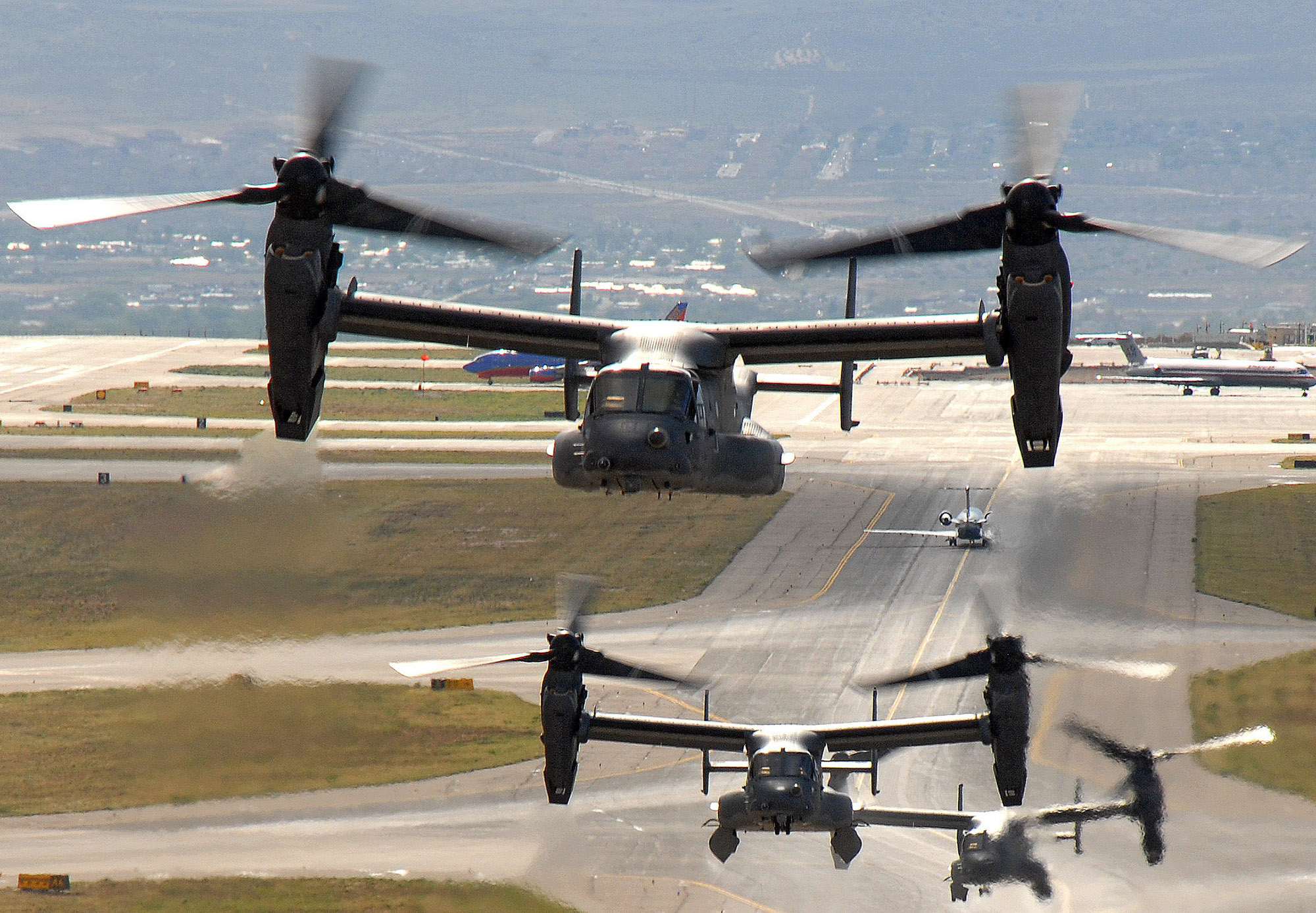johnpauljones1776
I HAVE NOT YET BEGUN TO FIGHT
Aight I’ll be specific, I see benefits in both the V22 rotating Nacelle and the V280’s splitting nacelle. V22 has all systems encased but, and I’m making an assumption here, it seems as though there’s single point failure with the entire nacelle rotating. Idk the system at all but hard overs and jams are very much a thing and that’s why most control surfaces have more than one hydraulic actuator. For the V-280, it looks like it has a redundant four bar mechanism to translate the rotors to point vertical and there appears to be some redundancy. The trade off here is all the systems in that now split nacelle are exposed when the rotors have any vertical component making it susceptible to birdstrikes. I bet an 8 lb bird, what part 25 certifies to (14 CFR 25.631) would cause a catastrophic event. I’m just going off what I know, I understand this doesn’t fall under prt 25 whatsoever.What did you fix, exactly? You're still making the same claim without evidence or rationale that you did before.
Fyi Catastrophic events are entire loss of aircraft events. Airframe manufacturers need to show reliability to the 10^-9 or in other words, that event might happen once in a billion hours of that airframe operating across the entire fleet. Ie bird strikes can not cause catastrophic failures cuz they are random in nature and you can’t plan where they will hit
I think it’s a super cool aircraft. Got to talk to a test pilot that flew it. He said it’s a big improvement over the Osprey from a human factors perspective, completely seamless in the transition from forward to vertical flight and vice versus.


